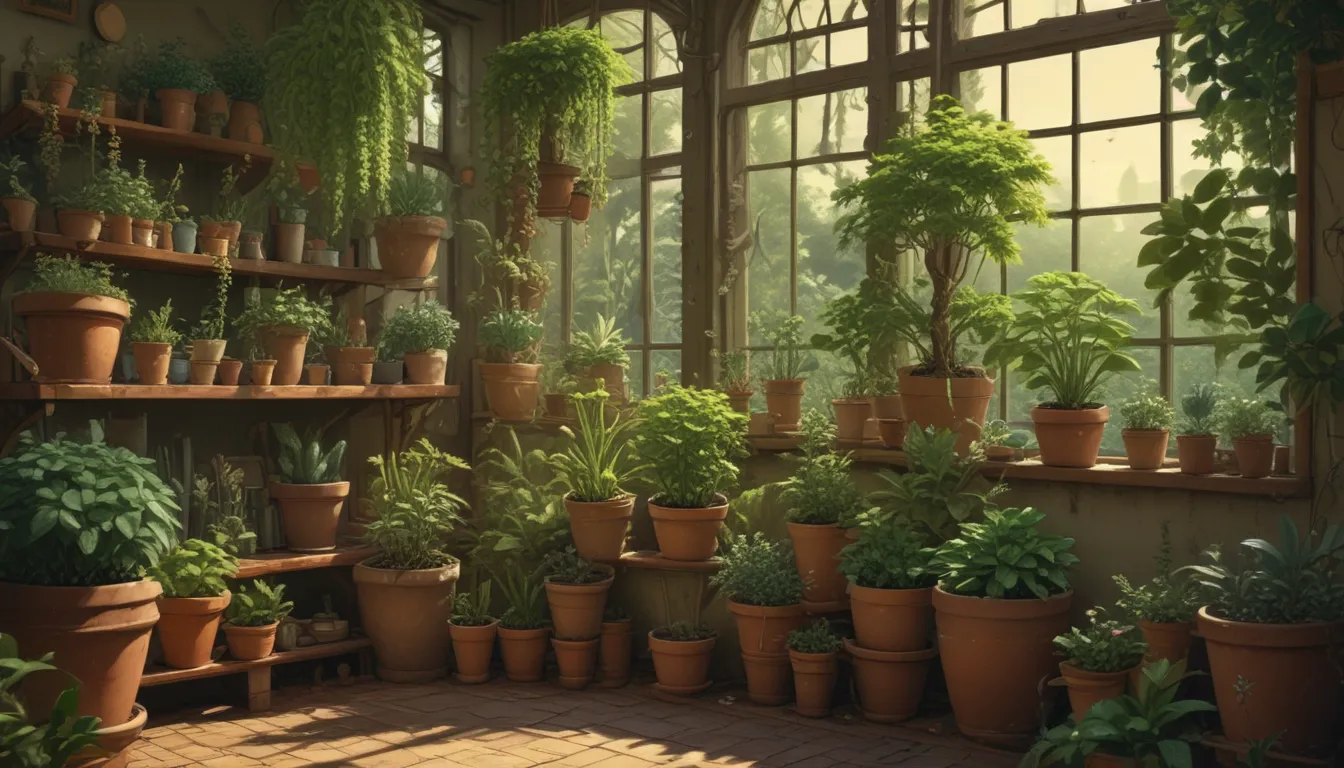Comprehensive Guide to Growing and Caring for Euphorbia Plants

My introduction to euphorbias began with the pesky weed, Euphorbia maculata, but don’t let that deter you from exploring the rest of this diverse and exceptional genus. From massive tree-like species to tiny varieties, euphorbias offer a range of plants that are easy to care for, drought-tolerant, and vibrantly colored. These underappreciated plants are perfect for rock gardens and tough, dry spots, making them a valuable addition to any garden.
Are you convinced that you need some euphorbia in your yard? Great! Let’s explore everything you need to know to grow and care for these eye-catching plants.
Cultivation and History
Euphorbia is a vast genus with around 2,000 species known for their unique appearance. They vary from cactus-like plants with spines to herbaceous shrubs and trees. One commonality among euphorbias is the milky latex they contain, which serves as a defense mechanism against herbivores. This genus is found in warm, dry, and tropical regions across the world, and many species have been used medicinally for centuries.
Euphorbia Propagation
- From Seed: While many euphorbias can be grown from seed, not all will germinate easily. It’s essential to source seeds from reputable sellers with harvest dates listed on the packaging.
- From Cuttings: Cuttings are a reliable way to reproduce euphorbias. Be sure to wear gloves when handling these plants to avoid skin irritation.
- From Divisions: Herbaceous euphorbias can be easily divided in the spring or fall to create new plants.
- From Potted Plants or Transplants: When transferring plants into their permanent home, be mindful of the planting depth and soil requirements.
How to Grow Euphorbia Plants
Given the diversity within the euphorbia genus, growing requirements vary between species. Most euphorbias prefer full sun with well-draining soil. While they are drought-tolerant, they should not be treated like cacti and allowed to become parched. Proper watering, fertilization, and light requirements are essential for healthy growth.
Growing Tips:
- Most euphorbias need moderately moist to dry soil. Avoid overwatering.
- Know the light requirements for your specific species.
- Most need feeding several times each year with a mild fertilizer.
Maintenance
Most euphorbias require minimal maintenance. When caring for these plants, it’s essential to wear gloves to avoid skin irritation from the toxic sap. Pruning spent flower heads and removing dead or damaged leaves are the primary maintenance tasks for these plants.
Species and Cultivars to Select
With numerous species and hybrids available, there is a euphorbia suitable for every garden. Here are some noteworthy options to consider for your collection:
- Diamond Frost: A popular hybrid with delicate white blossoms perfect for hanging baskets or containers.
- Cap-saintemariensis: Known for its unique elliptical green to maroon leaves and reddish-yellow flowers.
- Marginata: Features green leaves with a white edge, making it a standout in any garden.
- Milii: Commonly known as Crown of Thorns, this colorful euphorbia produces bright pink, red, or yellow flowers.
- Palustris: A moisture-loving species with acid-yellow flower heads that thrives in partial or full shade.
- Rigida: Also known as Gopher Plant, this species is easy to care for and suitable for rockeries and borders.
Managing Pests and Disease
Euphorbias are relatively pest-resistant due to their toxic sap, which deters herbivores. Insect pests such as potato aphids and mealybugs may sometimes affect these plants. Powdery mildew is a common disease that can impact euphorbias, particularly in low light or wet conditions. Controlling pests and diseases can be achieved through simple measures such as spraying with insecticidal soap or using milk or copper sprays for powdery mildew.
Best Uses
Euphorbias are versatile plants suitable for various applications, including houseplants, rock gardens, borders, group plantings, or small shrubs. Their ability to thrive in challenging conditions makes them a valuable addition to any garden.
Quick Reference Growing Guide
- Plant Type: Annual, biennial, perennial
- Hardiness (USDA Zones): 5-12, depending on species
- Exposure: Full sun to part shade
- Water Needs: Low to moderate
- Height: 6 inches to 100 feet
- Spread: 6 inches to 30 feet
- Maintenance: Low
Versatile, Adaptable, Incredible Euphorbia
From their unique appearance to their adaptability in challenging conditions, euphorbias are truly remarkable plants. With a wide range of species and hybrids to choose from, there is a euphorbia suitable for every garden. Whether you’re looking for a striking houseplant or a drought-tolerant addition to your rock garden, euphorbias offer a wealth of options for every gardening enthusiast.
Which euphorbia species caught your eye, and how do you plan to incorporate it into your garden? Share your thoughts in the comments below and let us know if we missed any of your favorites! Happy gardening!





